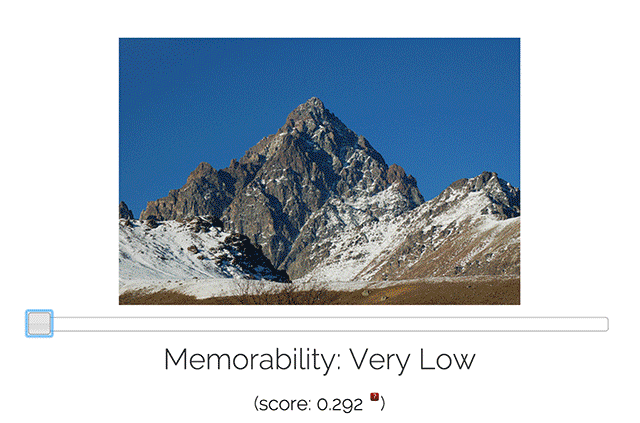Not sure why some photographs just brand themselves deep into your memory, while others make no impact whatsoever? With the help of a new neural network that learns to think like humans, researchers at MIT hope to figure out what makes the best photographs so memorable. The results could not only help up your Instagram likes, they could help graphic designers apply science to their work to make it more memorable.

Like any other deep learning neural network, such as the one driving Google Photos, MemNet first needs to learn from a dataset that humans have previously gone over. In MemNet's case, that data came from LaMem, a library of about 60,000 images tested for how memorable people found them. Here, memorability means "how long were human observers able to remember the image after they stop looking at it?" Those scores were tabulated and fed, along with the initial images, into MemNet's neural network. MemNet then created its own model of what a memorable image looks like. Once that was done, it could apply the model to other images.
According to MemNet's creators, their memorability AI is pretty accurate when compared with humans. MemNet has a rank correlation rating of about 0.64 for memorability, compared to the average person's 0.68, and a computer that could just remember everything at 1.0. It also tends to find the same kinds of images compelling that humans do: pictures of faces, novel objects, highly contrasted colors, and animals. Consequently, MemNet can actually be used to show which images people are most likely to find memorable. It can even generate heat maps that show you the most memorable parts of a photograph.

There are a lot of potential applications here. The team behind MemNet say that understanding why certain things are memorable could help systems become smarter about what humans are likely to forget, leading to digital assistants that remind you about details in your agenda that you might miss. It could also help us create signs, posters, and other graphic materials that are better at conveying information succinctly and in a memorable way, which could be especially useful in learning environments—although expect Madison Avenue to get in on that game, too.
Try it for yourself here.